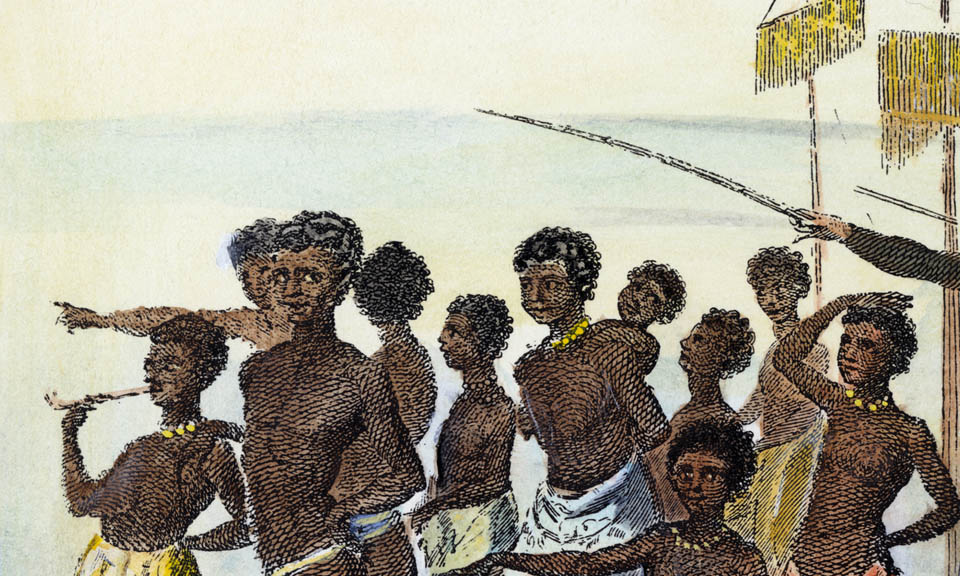1600 – 1699
African Captives in the North
Throughout the 17th century, European exploration was fueled by colonial exploitation. To maximize profits for themselves and their home countries, white colonists experimented with indigenous workers and indentured Europeans before turning to African captives. Gradually, the custom of enslaving Africans was codified into law. From Boston to Barbados, slave laws defined African captives and their descendants as property.
1608 – 1610
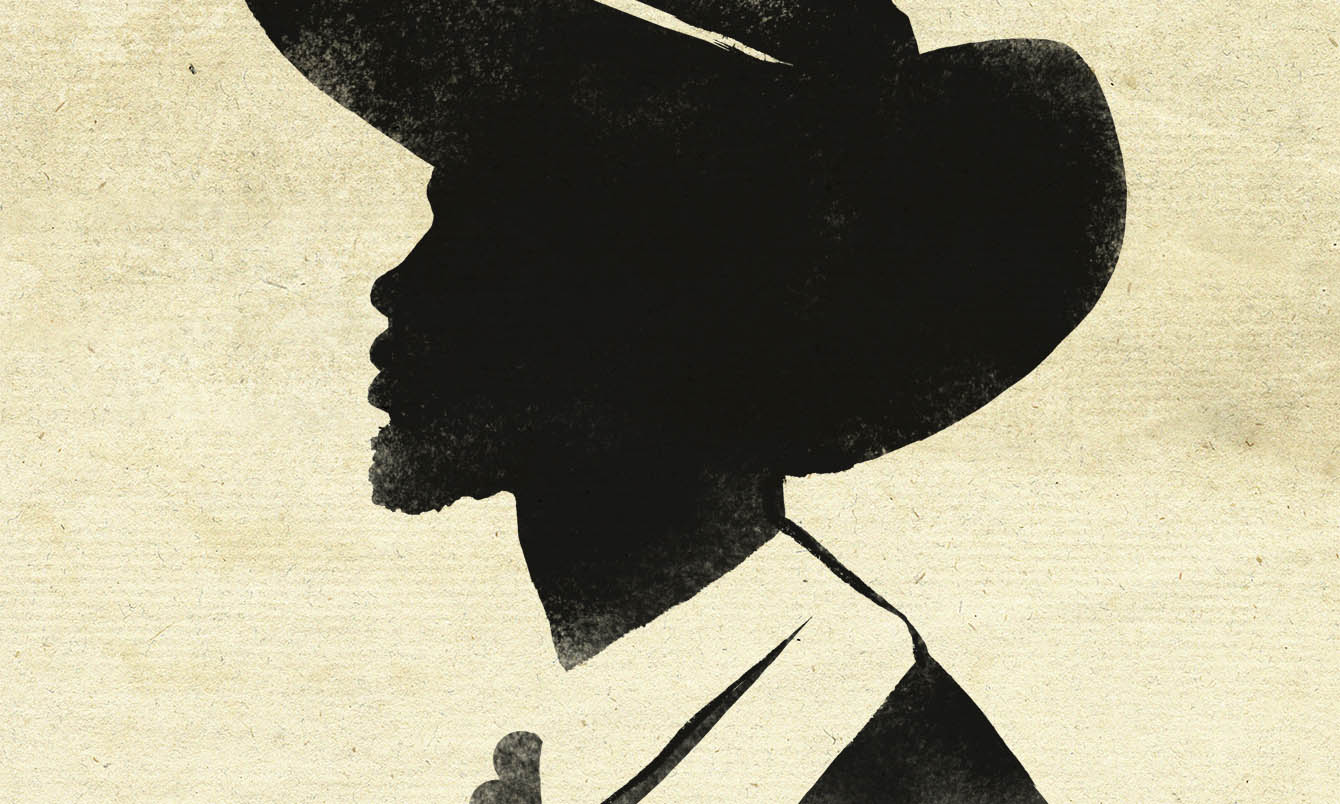
Explorer and translator Mathieu Da Costa, the first recorded free black person in Canada, navigates the eastern Canadian provinces of New Brunswick, Nova Scotia, and northern New York.
1613
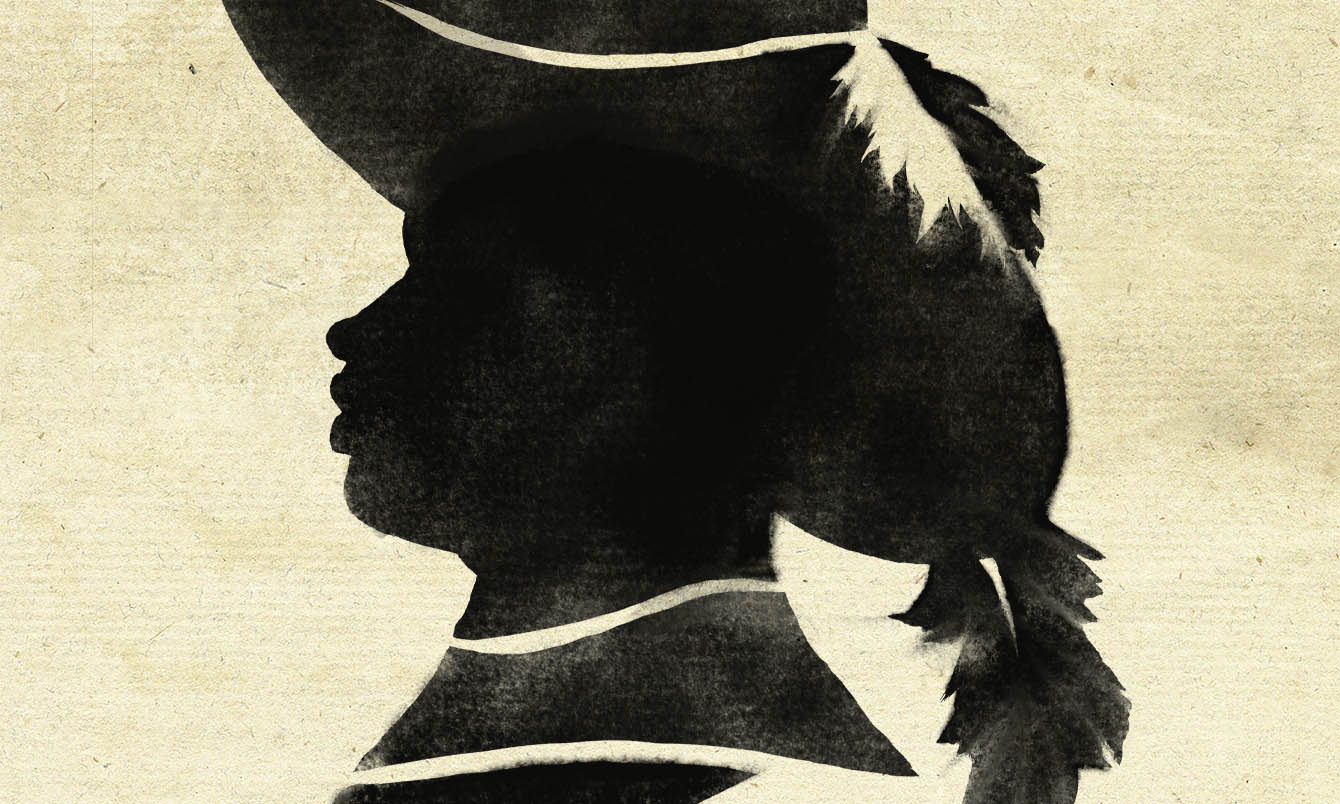
Jan Rodriguez, a free Creole man, is the first known person of color to settle in Manhattan.
1619
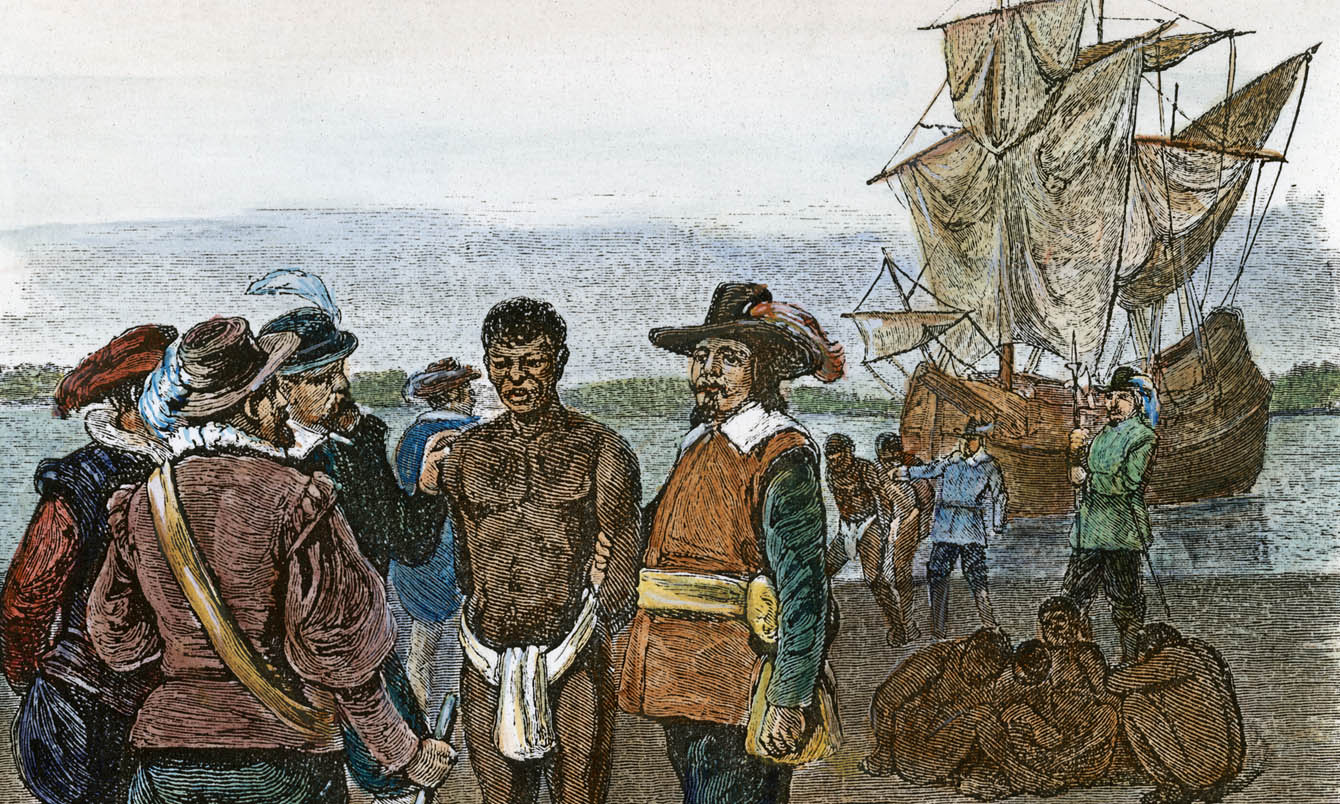
Colonists in Jamestown, VA, purchase African captives from an English warship that had plundered a Portuguese slave ship. This is the first recorded instance of enslavement in the American colonies.
1620
The Pilgrims land at Plymouth, MA. Within a decade, they begin enslaving local indigenous people.
1626
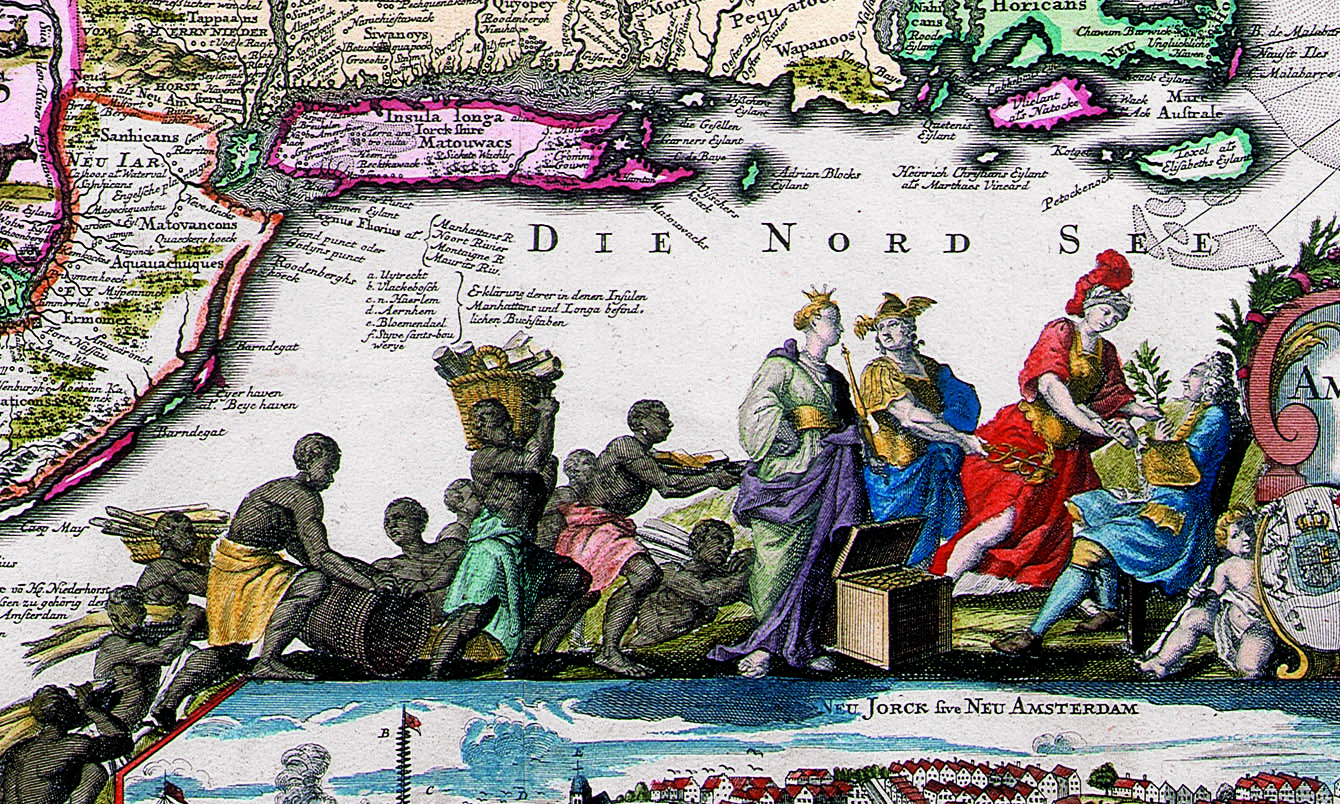
Eleven African captives, all with Portuguese and Angolan names, are brought to New Amsterdam.
1638
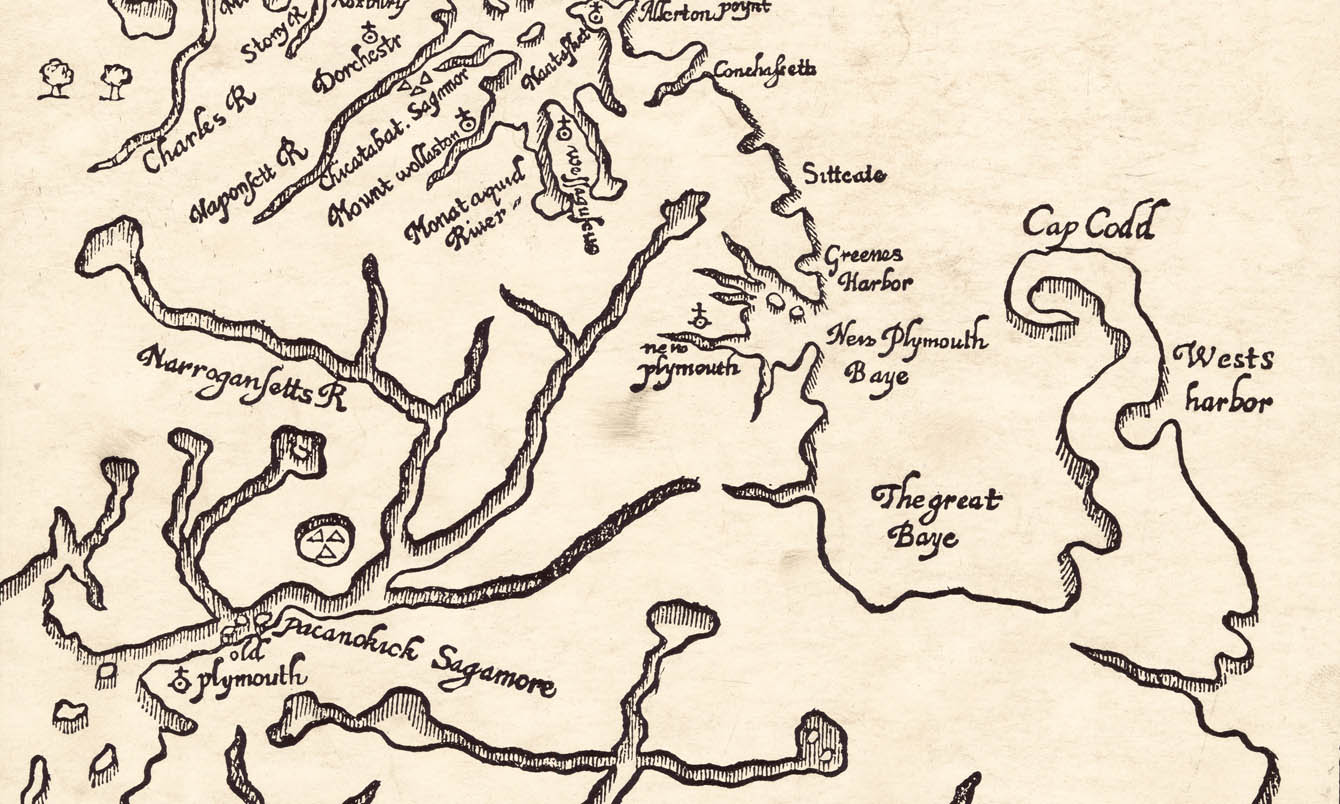
The ship Desire arrives in Boston, Massachusetts with enslaved Creole Africans from the Caribbean.
1641
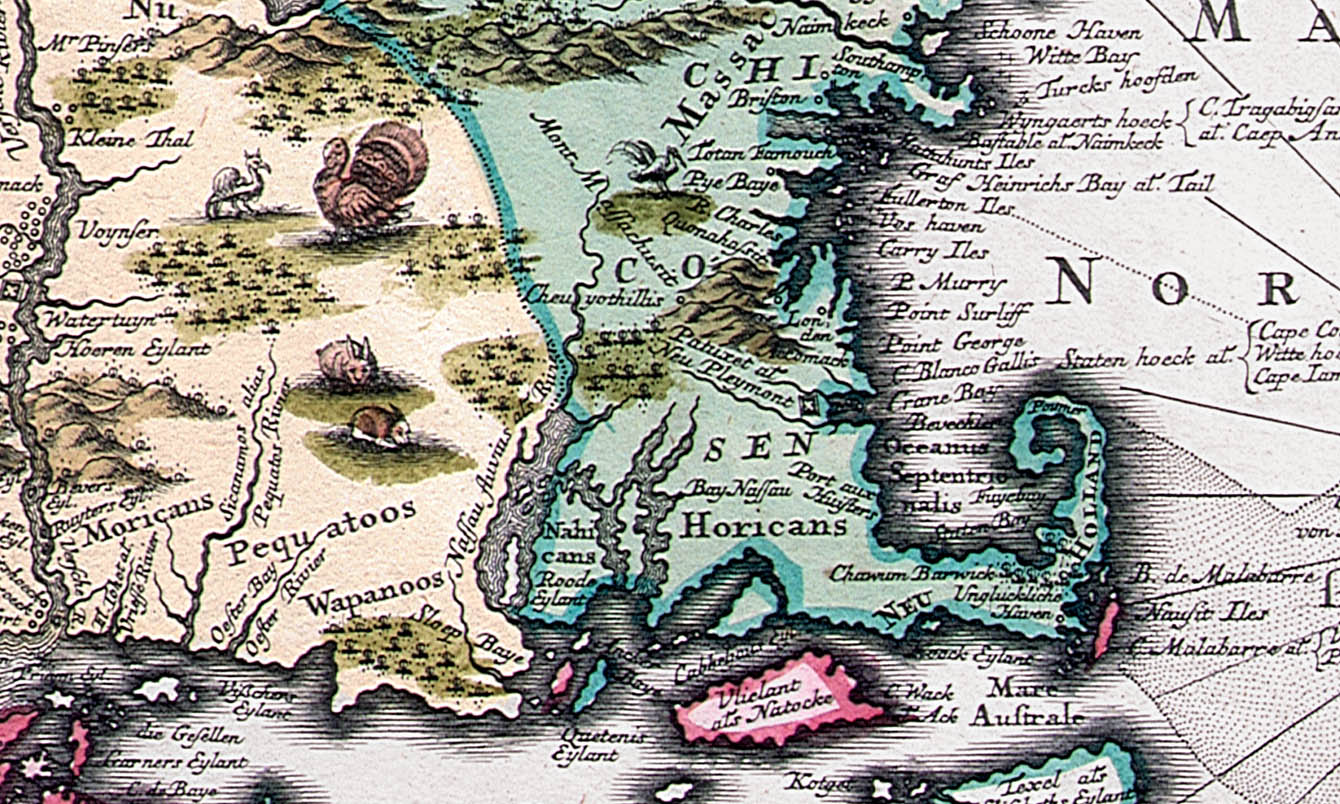
Massachusetts becomes the first colony to legally recognize slavery.
1641
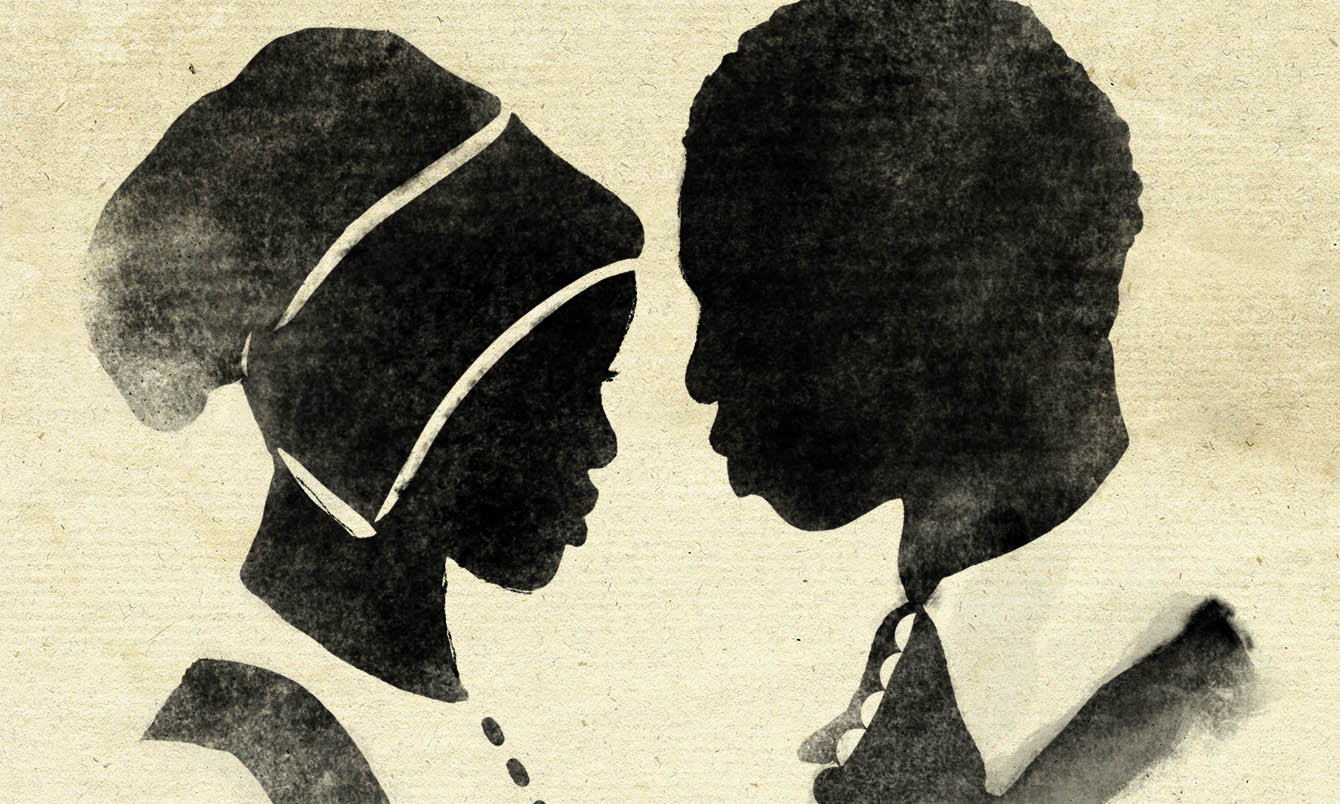
On May 5, Lucie d’Angola and Anthony Van Angola are married. It is the first recorded marriage of an enslaved couple in New Amsterdam.
1643
A fugitive slave law is enacted by the New England Confederation of colonies (Plimoth, New Haven, Massachusetts, and Connecticut).
1644
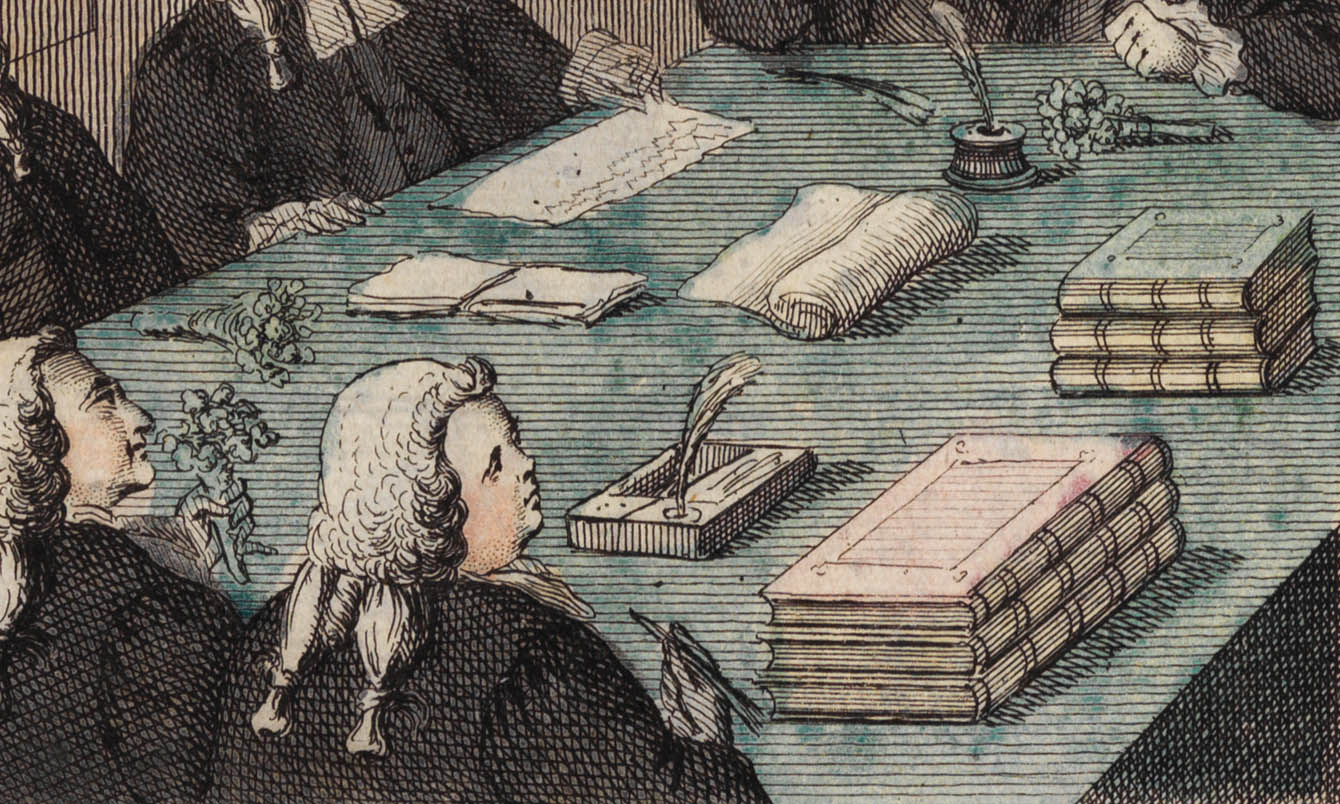
Manuel de Gerrit de Reus is one of 11 enslaved Africans in New Amsterdam who sue to end their “permanent indenture.”
1653
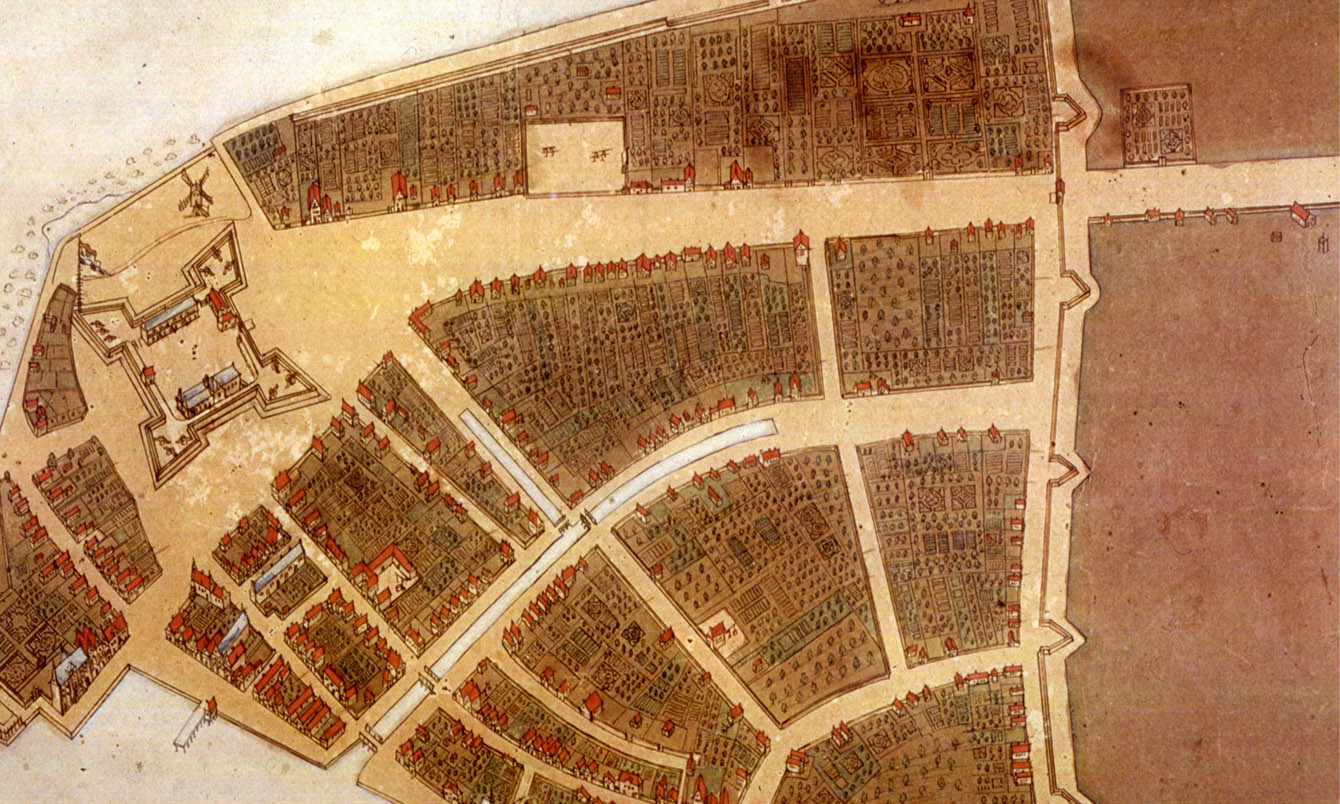
In New Amsterdam, enslaved laborers are ordered to construct a wooden barricade at the upper end of the settlement. This is the location of present-day Wall Street.
1665
The Dutch surrender New Amsterdam to the British, who rename the city and the colony after the Duke of York. That year the Duke's Laws write slavery into law in New York and New Jersey.
1674
Following the example of the colony of Virginia, the New York Assembly decrees that enslaved individuals cannot use Christian baptism as a way to obtain freedom. This law further codifies slavery in the colonial North.
c.1680
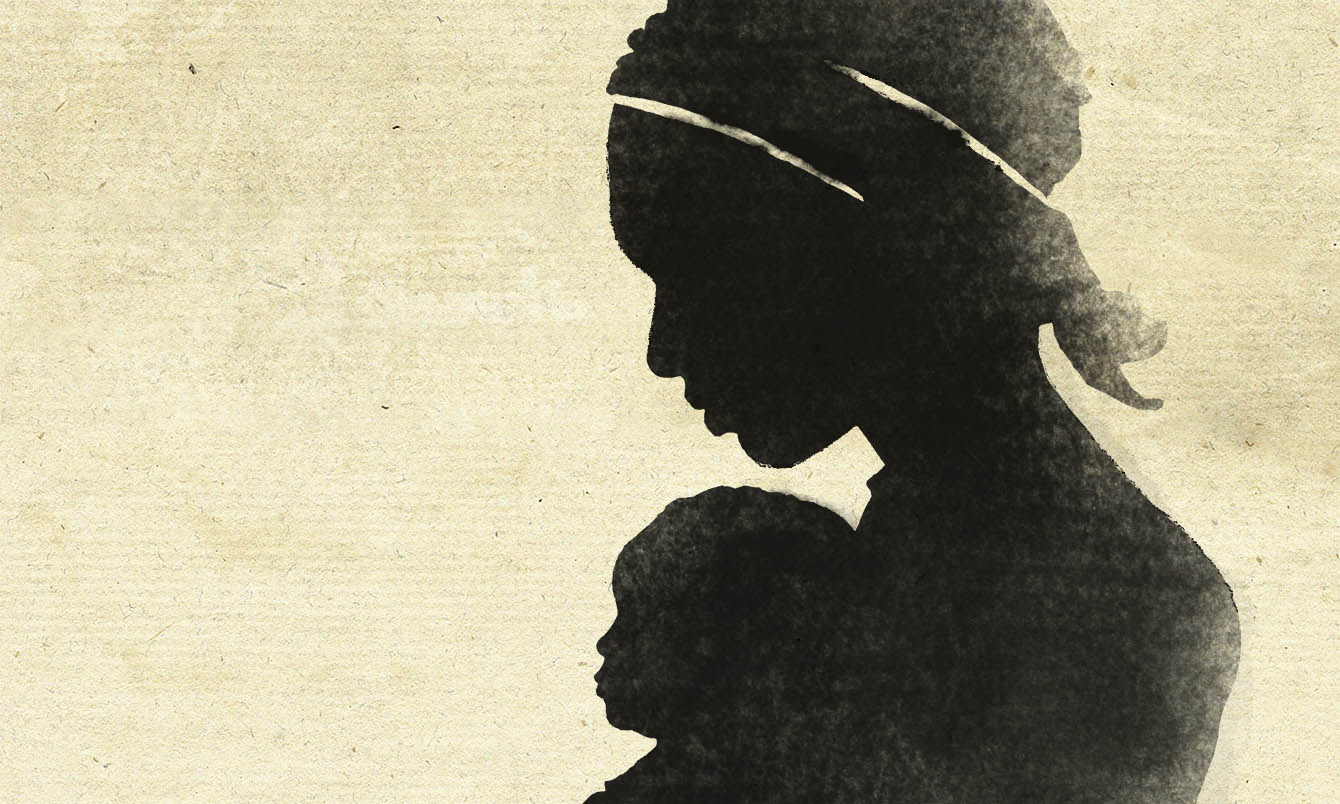
Enslaved woman Joan Jackson is born in New London, Connecticut. A mother to eight children, Jackson and her family struggled to secure and maintain their freedom over many years.
1685
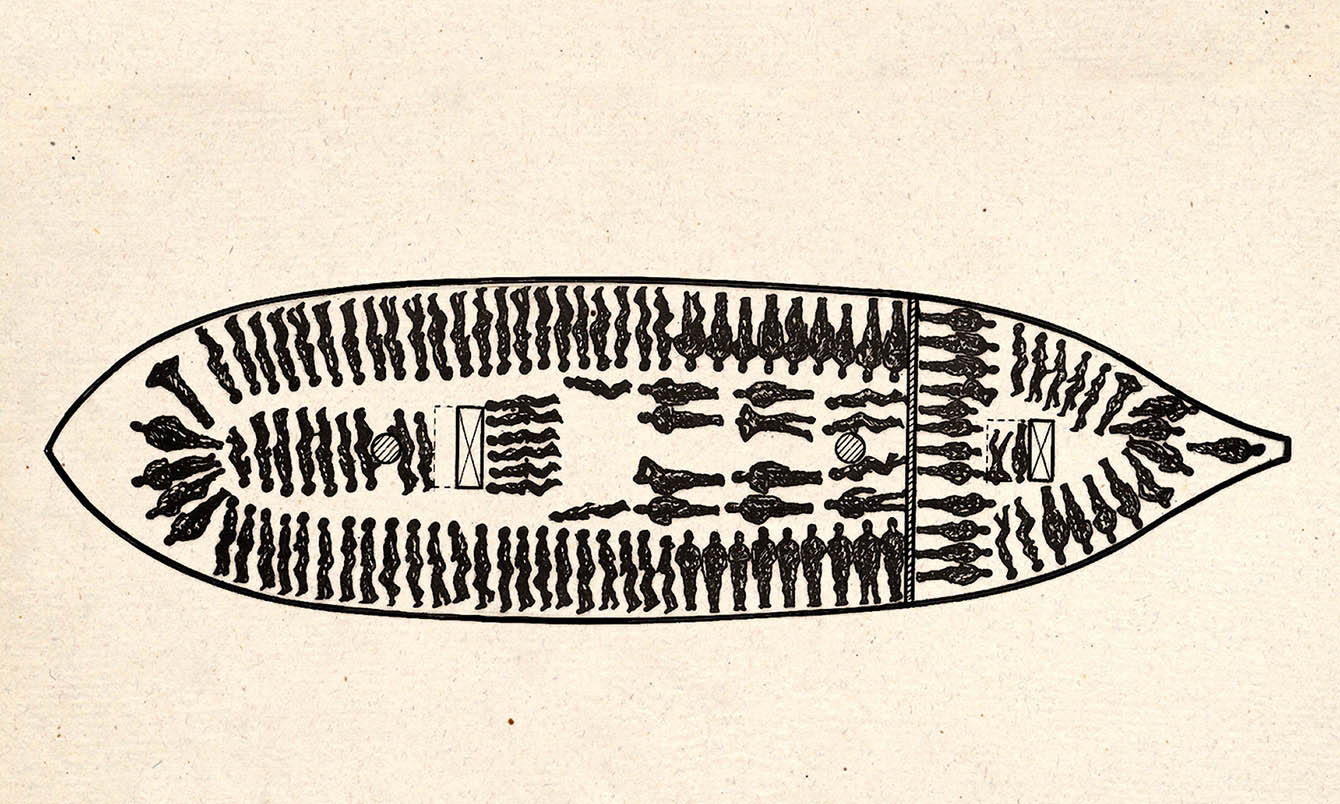
The Charles, a ship owned by the Philipse family of New York, leaves the African port of Soyo. The ship carries 146 enslaved men, women, and children to Barbados. Fifty-five perished on the crossing or immediately afterwards.
1685
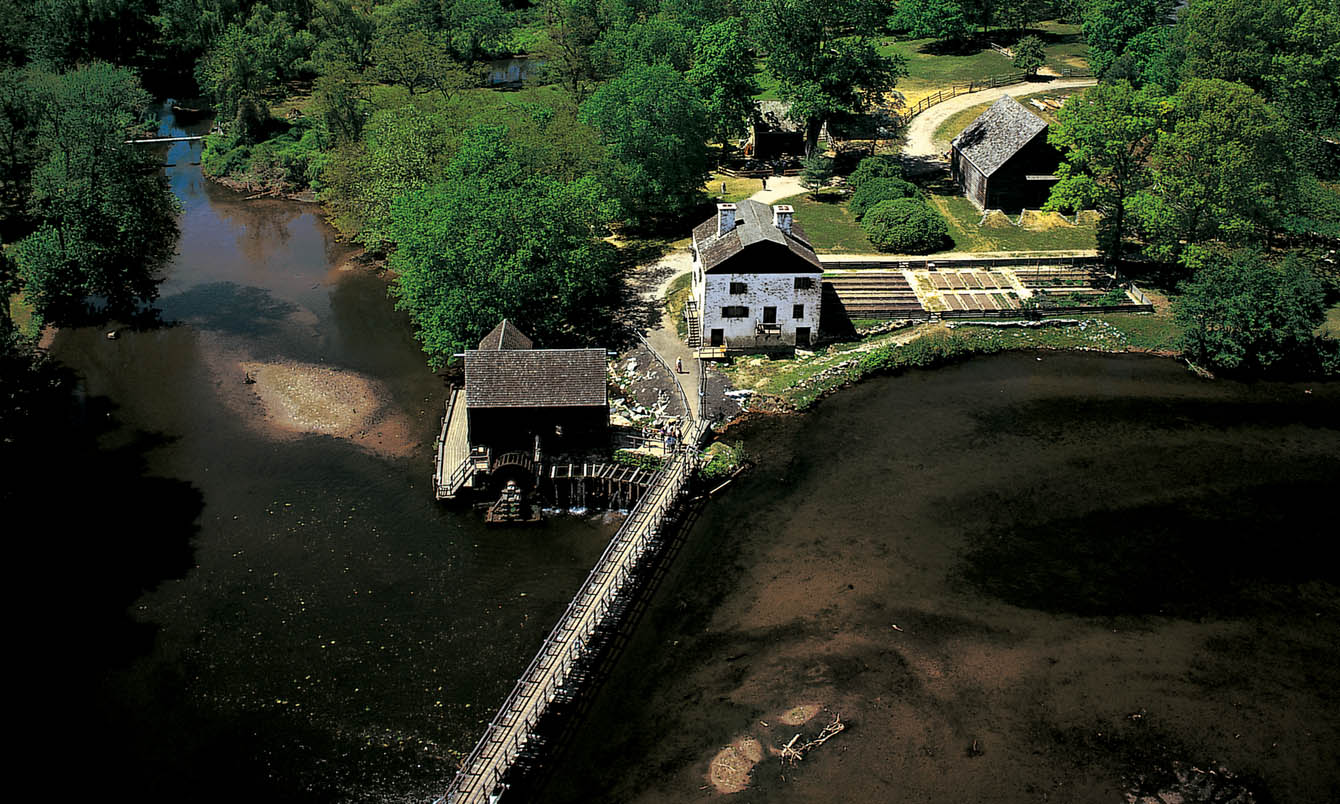
Eight African captives from the Charles are taken to a site on the Pocantico River, where they build a farm, a mill, a manor house, and construct a Dutch Reformed Church. Philipsburg Manor, Upper Mills is established.
1688
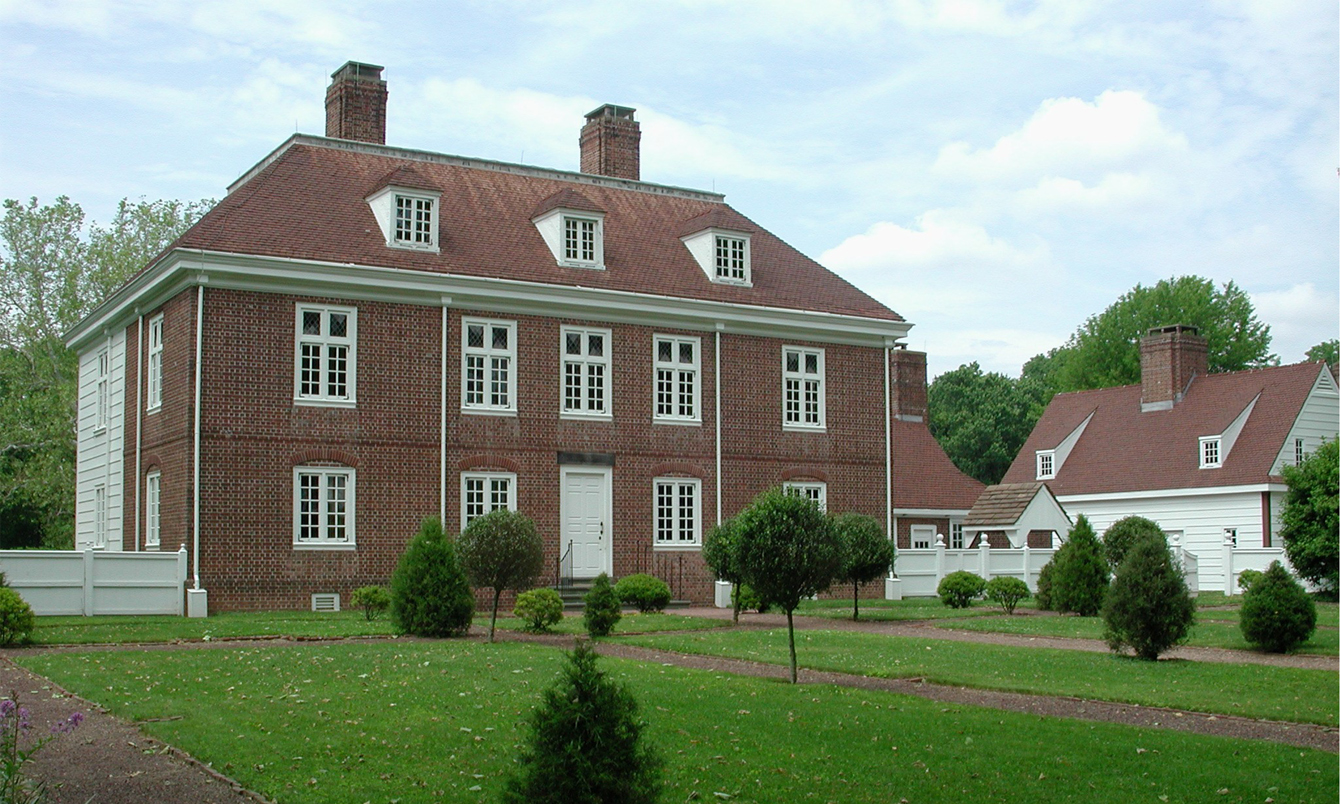
A group of Quakers from Philadelphia, Pennsylvania draft the Germantown Quaker Petition Against Slavery, the first recorded protest against the enslavement of African captives in the American colonies. However, many northern Quakers continue to enslave people for as long as slavery is legal.
1695
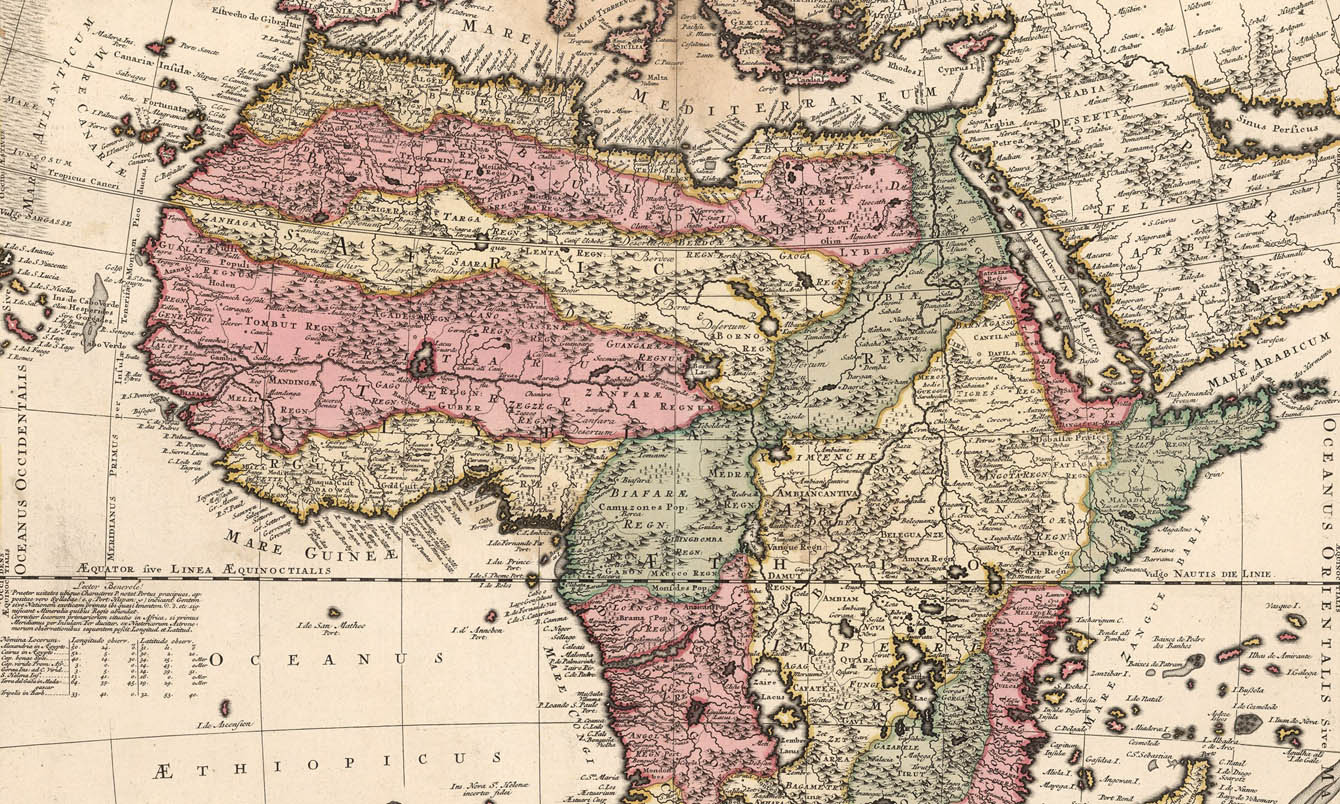
Merchant Frederick Philipse, father of Adolph Philipse, establishes a slave trade between New York and Madagascar.
1696
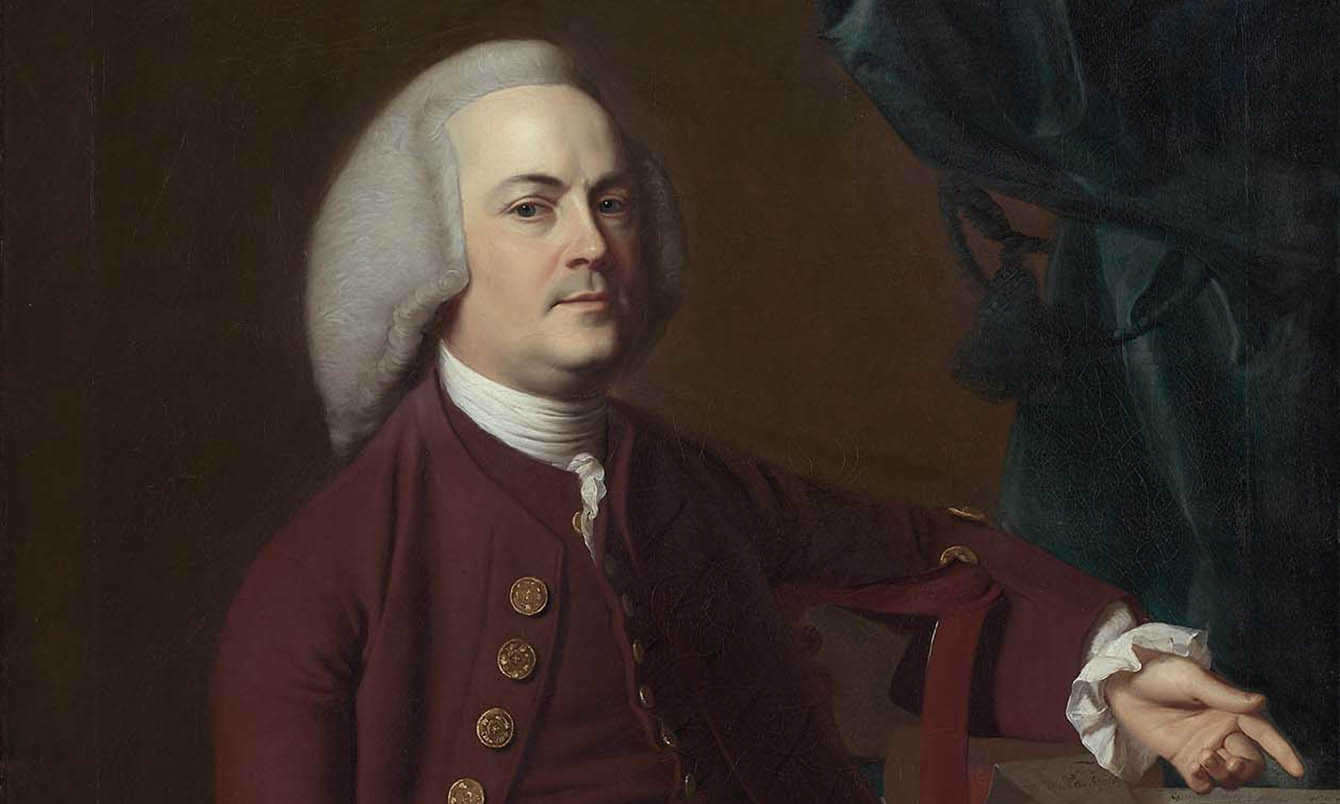
The Royal African Company loses its 22-year monopoly over the West African slave trade. Northern merchants rapidly enter into the transatlantic slave trade.
TimeMap
Next
To continue this experience please view People Not Property on a larger screen or horizontal device.


